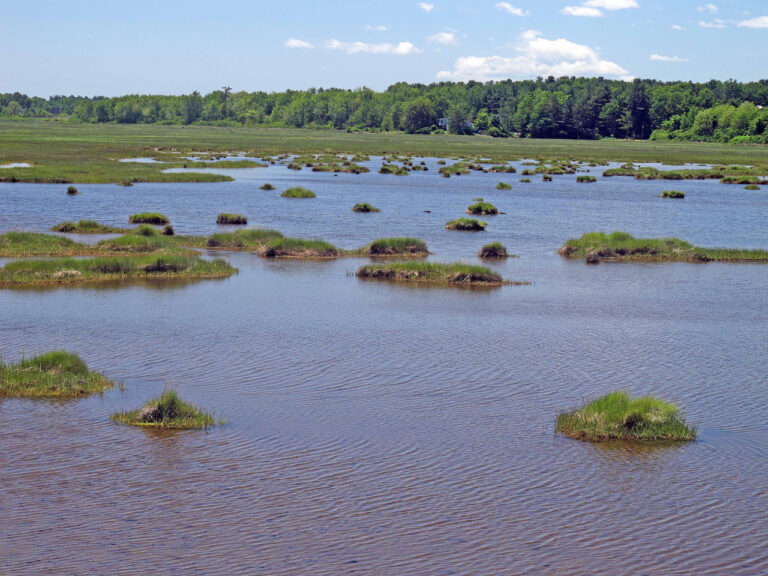The article discusses watersheds, defined as areas that channel rainfall and runoff into a common water body, likened to a bowl where water flows to the lowest point. Each watershed can vary significantly in size, from small creeks to large river systems like the Mississippi, and all are interconnected as part of the global water supply. The U.S. Geological Survey classifies over 90,000 watersheds across the country into hydrologic units.
It emphasizes that only 0.5% of the planet’s water is freshwater available for use, with the remainder largely in saltwater, glaciers, or deep underground. Percolation, the movement of water through soil, plays a vital role in filtration, but urbanization increases impermeable surfaces, disrupting this process. Organizations like NOAA aim to protect habitats, such as wetlands, which filter pollutants and support biodiversity. The preservation of natural resources is essential for maintaining water quality for both ecosystems and human use.


